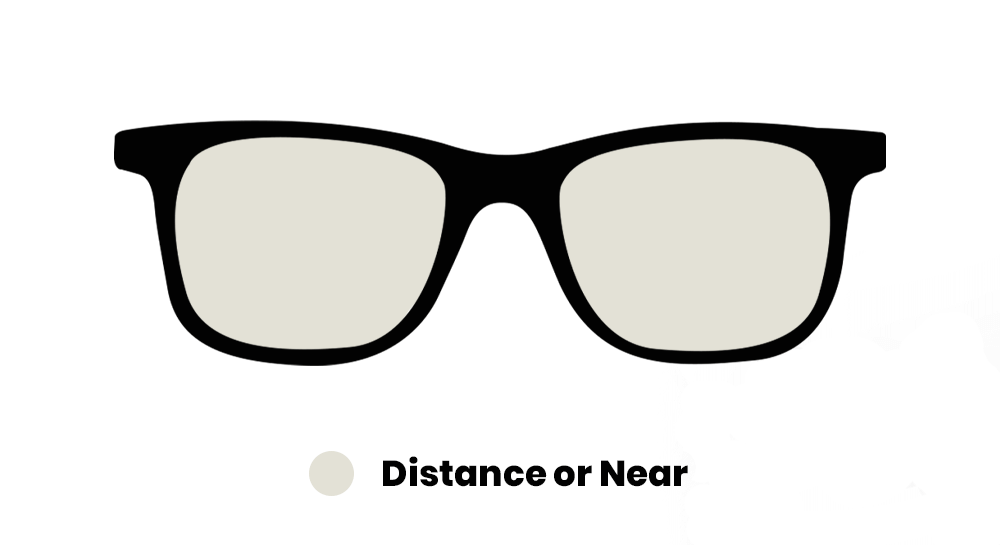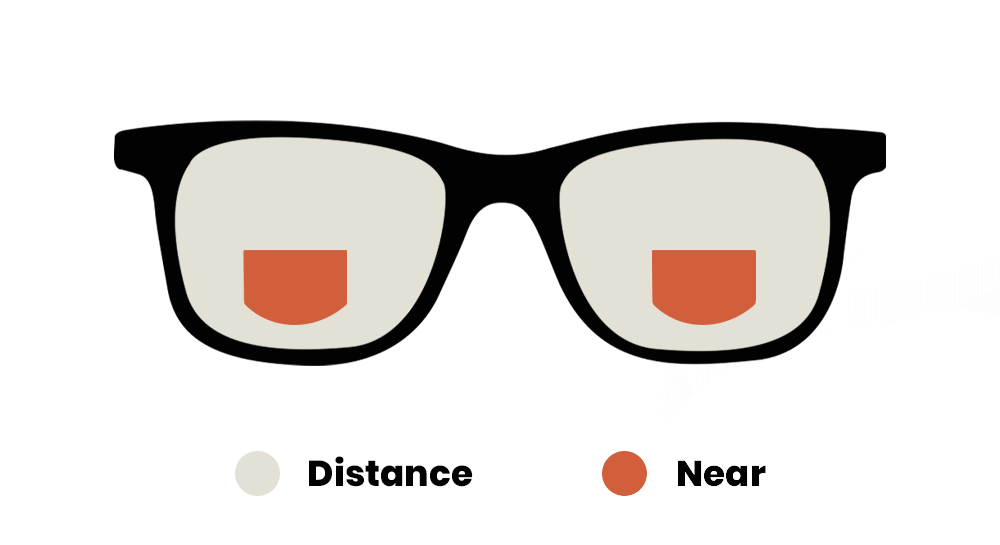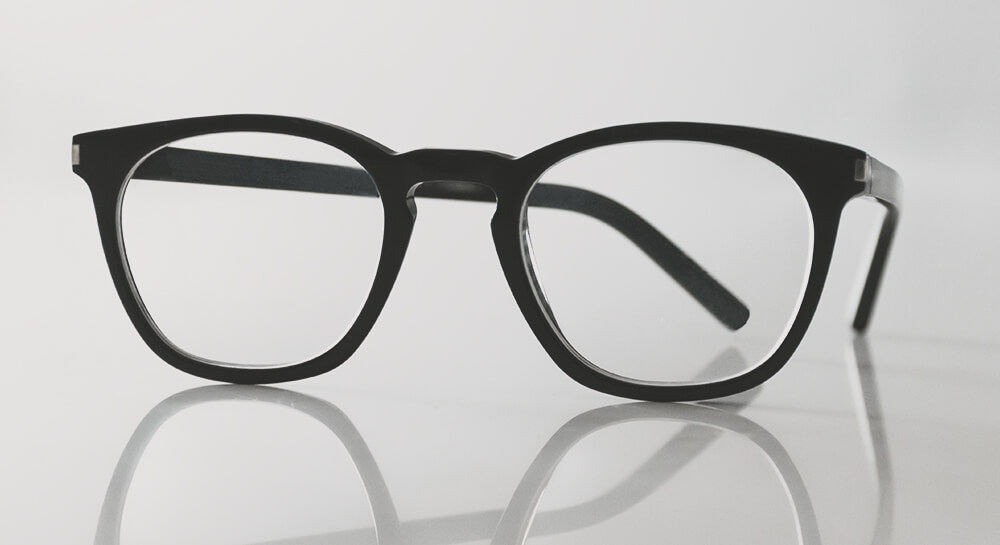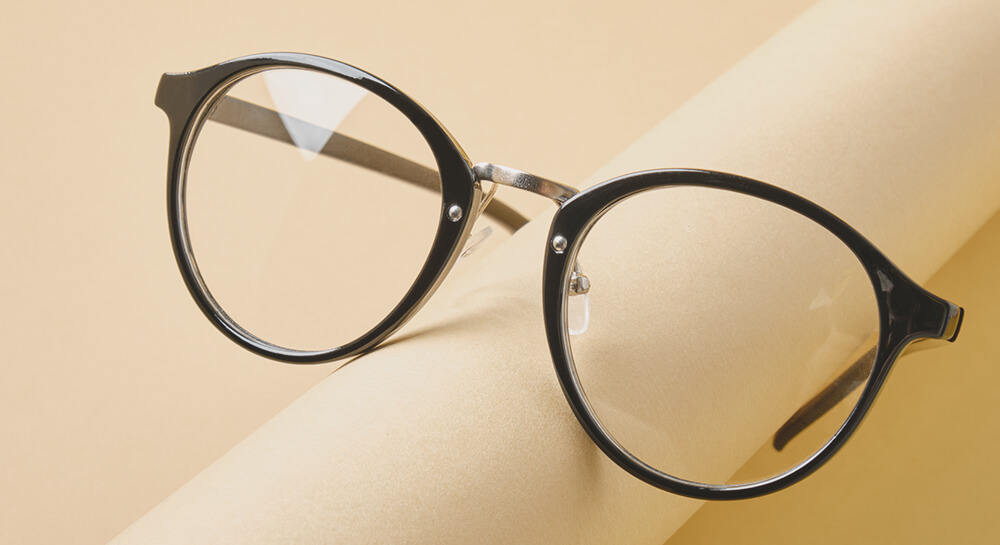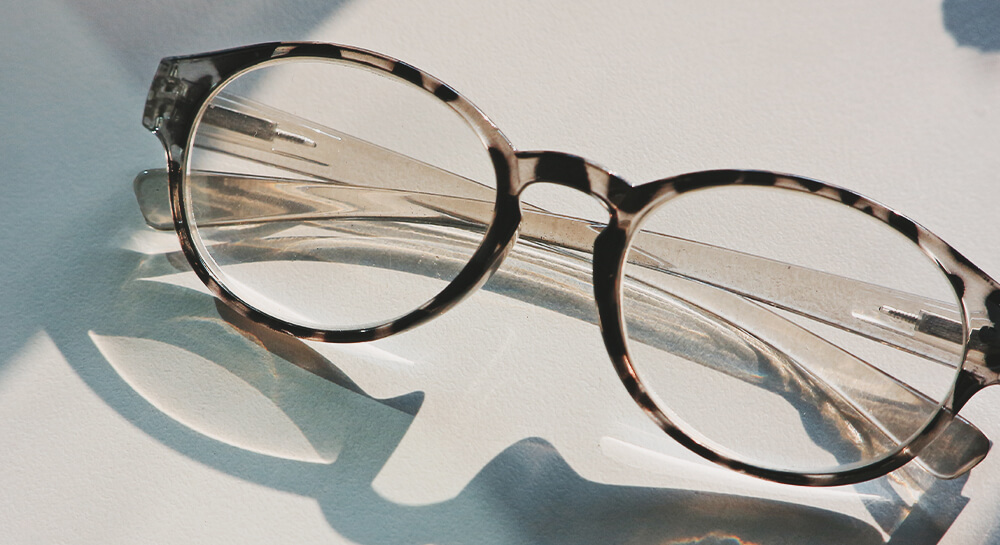**DON’T FORGET, OUR SUNGLASS SALE IS HAPPENING NOW THROUGH AUGUST 31ST. 50% OFF PRESCRIPTION SUNGLASSES**
When shopping for sunglasses, one of the first decisions you’ll face is whether to go with polarized or non-polarized lenses. While they may look nearly identical at first glance, the difference lies in how they handle light—and that can have a big impact on clarity, comfort, and eye protection.
Let’s break down what sets polarized and non-polarized sunglasses apart, and how to choose the right pair based on your lifestyle.
What Are Polarized Sunglasses?
Polarized lenses are designed with a special chemical coating that reduces glare. They block horizontal light waves that bounce off flat surfaces like water, snow, glass, or pavement. This helps reduce harsh reflections and improves visibility in bright, reflective conditions.
Key Benefits of Polarized Lenses:
-
Reduced Glare: Especially helpful when driving, boating, skiing, or spending time near water.
-
Improved Clarity: Colors often appear richer, and details stand out more clearly.
-
Less Eye Strain: By minimizing bright reflections, your eyes don’t have to work as hard.
What Are Non-Polarized Sunglasses?
Non-polarized sunglasses reduce the overall amount of light that enters your eyes, but they don’t filter out glare the way polarized lenses do. They offer UV protection and help dim bright conditions, but without the added benefits of glare reduction.
Why Some People Still Choose Non-Polarized Lenses:
-
Better Screen Visibility: Polarized lenses can interfere with reading digital screens, such as phones, tablets, or car dashboard displays.
-
Lower Cost: Non-polarized sunglasses are usually more affordable.
-
Sufficient for Everyday Use: If glare isn’t a big concern, non-polarized lenses still protect your eyes from UV rays and offer basic comfort in the sun.
When to Choose Polarized Sunglasses
Here are a few situations where polarized lenses can make a noticeable difference:
-
Driving: Polarization cuts down on glare from the road and other cars.
-
Fishing and Water Sports: Water reflects a lot of light. Polarized lenses help you see beneath the surface.
-
Winter Activities: Snow glare is intense. Polarization helps maintain clear vision in snowy, sunny conditions.
-
Hiking or Outdoor Work: If you’re in bright, reflective environments, polarized lenses reduce eye strain and boost visibility.
When Non-Polarized Might Be a Better Fit
There are also times when non-polarized lenses are more practical:
-
Pilots and Some Drivers: Glare can sometimes help highlight ice or wet patches on a road or runway.
-
Using Digital Devices: Polarized lenses may cause LCD screens to look dim or distorted.
-
Low-Light Conditions: Non-polarized lenses often provide a more natural visual experience in overcast or shaded areas.
Quick Comparison
| Feature | Polarized Sunglasses | Non-Polarized Sunglasses |
|---|---|---|
| Glare Reduction | ✔ Yes | ✖ No |
| UV Protection | ✔ Yes (check label) | ✔ Yes (check label) |
| Screen Visibility | ✖ May distort | ✔ Clear |
| Cost | 💲💲💲 Higher | 💲💲 Lower |
| Best Use Case | Outdoor glare-heavy settings | General sun protection |
Bottom Line: Which Should You Choose?
It really comes down to how and where you’ll be using your sunglasses. If you spend a lot of time outdoors—especially near water or snow—polarized lenses offer a noticeable upgrade in comfort and clarity. If you’re mostly using them for casual wear, commuting, or you rely on digital screens often, non-polarized lenses might be the more practical and budget-friendly choice.
Regardless of which type you choose, make sure your sunglasses offer 100% UVA and UVB protection. That’s non-negotiable when it comes to keeping your eyes healthy in the long run.










